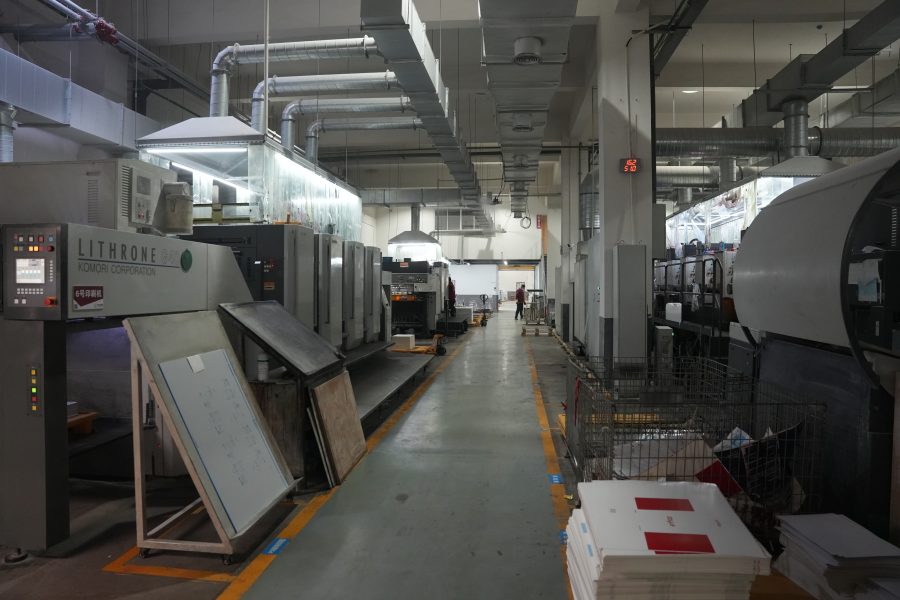Digital Printing in Packaging: How It Works & Why It Matters
Introduction
In the fast-evolving world of product packaging, digital printing has emerged as a game-changer. With its ability to offer fast turnaround times, vibrant colors, and cost-effective customization, digital printing is transforming how brands package and present their products. Whether you're a small business looking to test new designs or a major brand launching a limited edition, digital printing provides unmatched flexibility and quality.
What is Digital Printing in Packaging?
Digital printing is a modern printing method that uses digital files (like PDFs or image formats) to directly print onto packaging materials—no need for traditional printing plates or lengthy setup processes. Unlike offset or flexographic printing, which requires custom plates for each design, digital printers can reproduce high-resolution images with speed and accuracy from computer files.
In packaging, digital printing is used on various substrates, including cardboard, paperboard, plastic, film, and even metal. It’s commonly seen in folding cartons, labels, flexible packaging, corrugated boxes, and custom wraps.
How Digital Printing Works
The digital printing process involves several key steps:
Design Preparation
Graphic designers create packaging artwork using software such as Adobe Illustrator or Photoshop. Once finalized, the files are optimized for digital printing—ensuring resolution, color profiles (CMYK), and bleed areas are accurate.

RIP Processing
The digital file is sent to a Raster Image Processor (RIP), which converts the file into a printable bitmap image that the printer can read and execute.
Ink Application
Depending on the technology used (inkjet or electrophotographic), the printer applies ink or toner directly onto the packaging surface. Some systems use UV-curable inks, while others use water-based or solvent-based variants.
Curing & Finishing
Inks are then cured using heat, air, or UV light. Optional finishing processes like laminating, varnishing, or die-cutting may follow for added protection or visual appeal.
Types of Digital Printing Used in Packaging
Inkjet Printing – Uses tiny droplets of ink sprayed directly onto the material. Best for high-resolution and photographic-quality images.
Laser or Toner-Based Printing – Electrophotographic systems that work similarly to laser printers, suitable for labels and folding cartons.
UV Digital Printing – Cures ink instantly under UV light, ideal for printing on non-porous surfaces like plastic or metal.
Benefits of Digital Printing in Packaging
Short-Run & On-Demand Production
No setup costs or plates mean digital printing is ideal for small-batch or on-demand packaging. This is perfect for startups, seasonal campaigns, or product testing.
High Customization & Personalization
Variable Data Printing (VDP) allows each package to be unique—whether it’s names, QR codes, or individualized designs. This opens the door to personalized marketing strategies.
Faster Turnaround Times
Since there's no need for tooling or setup, digital printing can go from design to print in a fraction of the time traditional methods require.
Cost Efficiency for Low Volumes
While unit costs may be higher than flexo for mass production, digital printing saves significantly on setup for low-to-mid volume runs.

Eco-Friendly Options
Many digital presses use water-based or low-VOC inks and generate less waste, making them a more sustainable option in the long term.
Enhanced Design Possibilities
With capabilities like full-color gradients, photo-quality images, and intricate graphics, digital printing offers superior design freedom.
Challenges to Consider
While digital printing offers numerous advantages, it's not always suitable for every packaging need. For large-scale production, traditional methods like flexographic printing may be more economical. Additionally, not all digital presses can handle every substrate or packaging structure, and some finishing effects may require offline processes.
Why It Matters for Your Brand
In today’s competitive landscape, packaging is not just a container—it’s a communication tool. Digital printing empowers brands to react quickly to market changes, connect with customers on a personal level, and test new concepts without heavy investment. It levels the playing field for smaller businesses and provides enterprise-level companies with greater flexibility and speed.
From e-commerce to shelf display, digital packaging helps brands stay agile, creative, and responsive to customer demands—an essential edge in the modern marketplace.
Conclusion
Digital printing in packaging is more than a technological upgrade—it's a strategic advantage. With its ability to deliver fast, flexible, and cost-effective solutions, it is reshaping how brands think about packaging and customer engagement. As technology continues to evolve, businesses that embrace digital printing will be better positioned to innovate, personalize, and lead.







